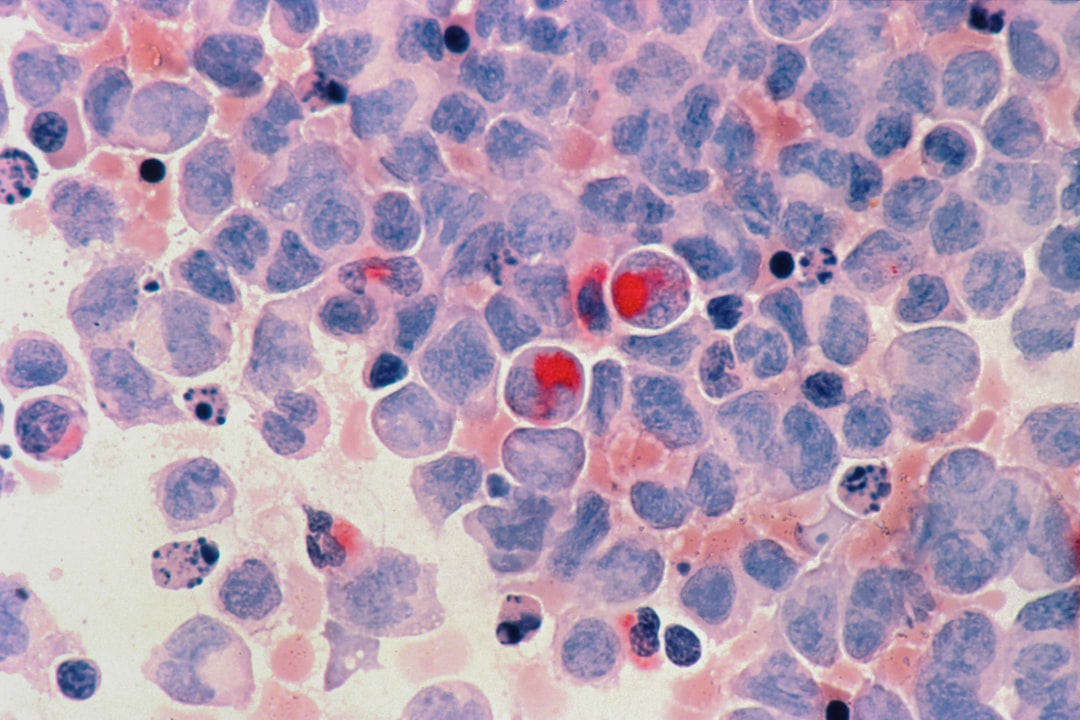What is it about?
We made a strong FeSiAl@PUA@SiO2 hybrid using a technique called plasma-enhanced chemical vapor deposition (PECVD). This hybrid is great at absorbing microwaves and resisting corrosion. The dual coating of organic PUA and inorganic SiO2 not only helped with interface polarization but also lowered the dielectric constant and improved impedance matching.
Featured Image

Photo by Jr Korpa on Unsplash
Why is it important?
Our (PECVD-FeSiAl@PUA)@SiO2 is really good at absorbing microwaves, especially in the Ku band frequency range (12-18 GHz). At a thickness of 2.3 mm, it has a super low reflection loss of -47 dB. Plus, the dual protection of organic and inorganic layers makes it a tough shield against corrosion. The corrosion potential and polarization resistance both increased, while the corrosion current decreased, showing how well it holds up against corrosive forces.
Perspectives
The process of plasma-enhanced densification applied to polyurea (PUA) has effectively forged a robust bridge, seamlessly integrating the constituents of FeSiAl and organic/inorganic elements. This integration imparts a dual functionality characterized by efficient microwave absorption and anti-corrosive properties. This development establishes a highly promising platform for the realization of practical absorbers in diverse applications.
Nasir Mahmood
RMIT University
Read the Original
This page is a summary of: Plasma-enhanced interfacial engineering of FeSiAl@PUA@SiO2 hybrid for efficient microwave absorption and anti-corrosion, Nano Research, November 2022, Tsinghua University Press,
DOI: 10.1007/s12274-022-5100-1.
You can read the full text:
Contributors
The following have contributed to this page










